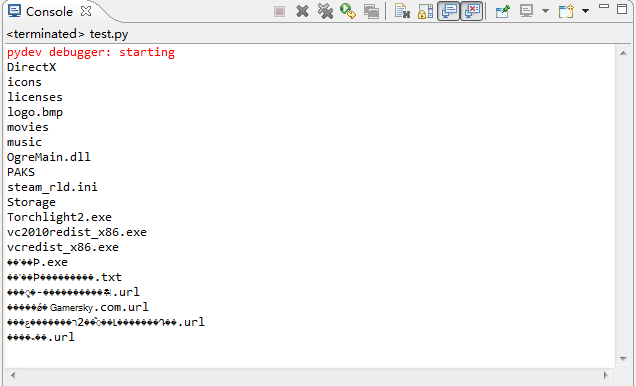Python中列表与元组的乘法操作示例
本文实例讲述了Python中列表与元组的乘法操作。分享给大家供大家参考,具体如下:
直接上code吧,还可以这么玩儿
列表乘法:
li=[1,] li=li*3 print(li)
out:
[1, 1, 1]
元组乘法:
>>> t=(1,2) >>> t*3 (1, 2, 1, 2, 1, 2)
但字典,集合不能这么玩
例如:
>>> dict1={'k1':1,'k2':2}
>>> dict1*2
#报错
Traceback (most recent call last):
File "<pyshell#1>", line 1, in <module>
dict1*2
TypeError: unsupported operand type(s) for *: 'dict' and 'int'
>>>
另外,字符串也可以使用乘法,例如:
>>> str1='hello python!' >>> str1*3 'hello python!hello python!hello python!' >>>
注意:在元组的定义中:(1,)代表着元组,(1,)*3可得到(1, 1, 1)而(1)则只会被视为一个整数,
(1)*3会得到3
更多Python相关内容感兴趣的读者可查看本站专题:《Python列表(list)操作技巧总结》、《Python编码操作技巧总结》、《Python数据结构与算法教程》、《Python函数使用技巧总结》、《Python字符串操作技巧汇总》、《Python入门与进阶经典教程》及《Python文件与目录操作技巧汇总》
希望本文所述对大家Python程序设计有所帮助。

